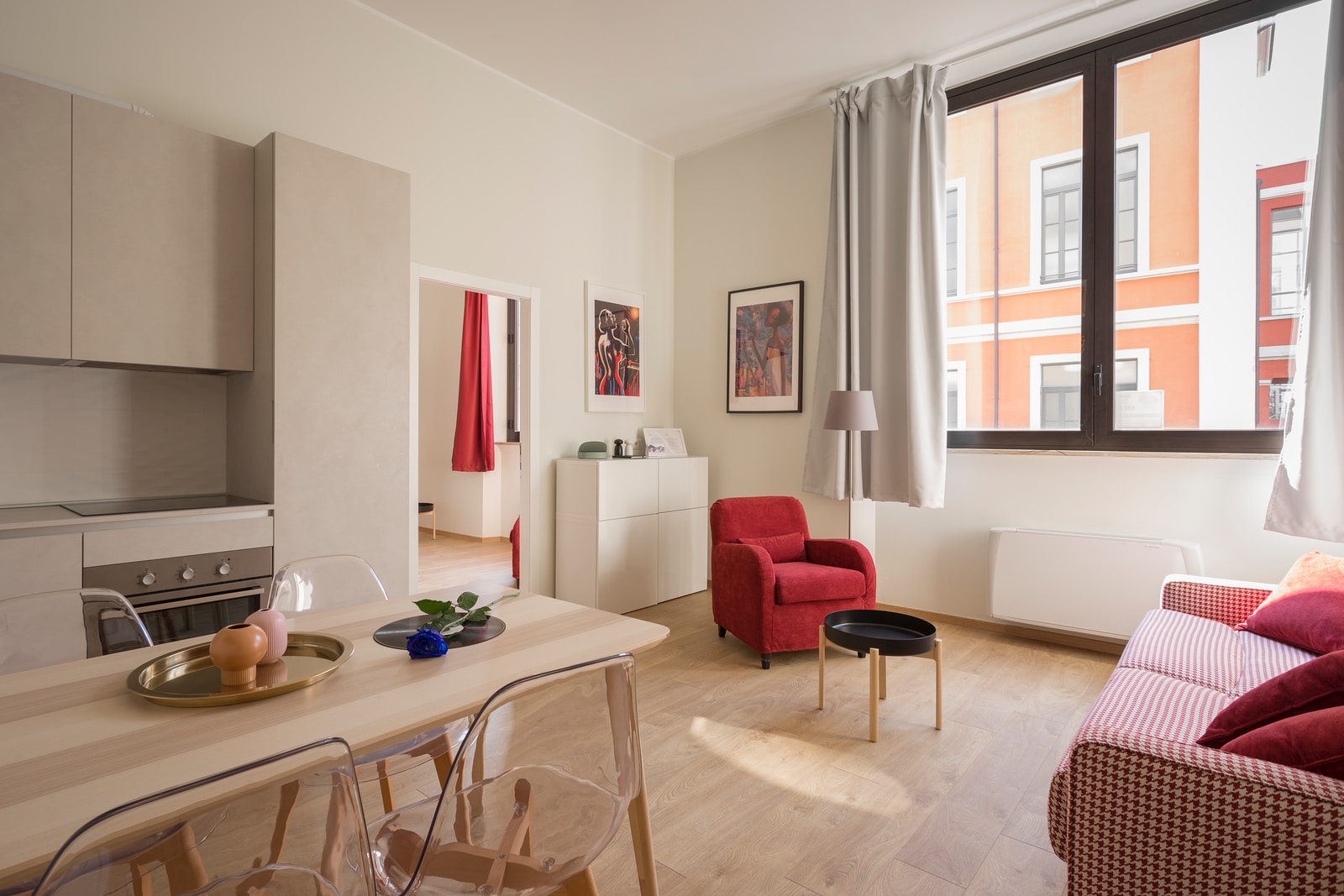OPINION
Michelle Wheeler
Freelance Science Journalist
Michelle is a former science and environment reporter for The West Australian. Her work has seen her visit a snake-infested island dubbed the most dangerous in the world, test great white shark detectors in a tinny and meet isolated tribes in the Malaysian jungle. Michelle was a finalist for the Best Freelance Journalist at the 2020 WA Media Awards.
What makes us happy when it comes to apartment living?

With the cost of living rapidly increasing and a nationwide rental crisis, many Australians are being forced to only focus on the bare necessities of what constitutes a ‘home’ when trying to secure their next lease.
For some, this means downsizing to an apartment.

GIPHY
RMIT researcher Dr Sarah Foster is an expert in high-rise living.
Her recent study examined the link between apartment standards, perceptions of good design and mental well-being in Perth, Sydney and Melbourne.
According to Sarah, one of the top factors for well-being is natural ventilation or the perception of airflow through the apartment.
Other key influences include comfortable temperatures throughout the seasons and a positive perception of the apartment’s space and layout.
“Meaning you could comfortably entertain people,” says Sarah.
“You could move the furniture around as you needed – the rooms were more versatile.”

SHARED SPACE
A communal recreation area and, to a lesser extent, building security are other important factors for residents’ wellbeing.
Naturally, people preferred large communal areas that were located on the ground floor. However, Sarah found that access to nature and a “significant tree” was also important.
“There can be a bit of pushback from developers around communal areas, because there is a perception that people don’t use them,” says Sarah.
“But we found that [70%] of people used it at least a few times a year, and 50% used it at least every month.
“In other work, we’ve found that social interaction in those communal spaces can have flow-on effects [for] the residents in that building.”
By promoting a connection between residents, the communal areas reduced their sense of loneliness.
GRAND DESIGNS
Perth apartments met a high number of design standards, despite all the homes in the study being built before a comprehensive apartment design policy was implemented.
On average, they met fewer standards than Sydney – where policies have been in place for many years – but more than Melbourne.
“In Perth, I think there’s a dynamic where developers are perhaps trying to convince homebuyers that an apartment is a viable option and that it’s a good alternative to a detached house,” says Sarah.

UNDERSTAND YOUR NEEDS
In an ideal world, any apartment you choose would tick all the boxes.
But Sarah is realistic about house hunting in an environment where apartments can be scarce and people need somewhere to live.
Her advice is to focus on the top five priorities for your family or housemates.
“We’ve identified the ones that we found were important for wellbeing … maybe be aware of those,” says Sarah.
“But there’s [also] going to be some personal factors that come into play.”
Families with young children, for example, might prioritise having an area where kids can play outdoors.
LOOK BEFORE YOU LEAP
Even after years of research in this area, Sarah herself has lived in some not-so-ideal places.
She says sometimes it can be hard to understand how the apartment functions until you move in.
“I picked an apartment that lacked storage,” says Sarah.
“Other problems can be more transitory or seasonal – like noise or daylight access or thermal comfort.”
“I think sometimes you just don’t realise until you’re in there.”


